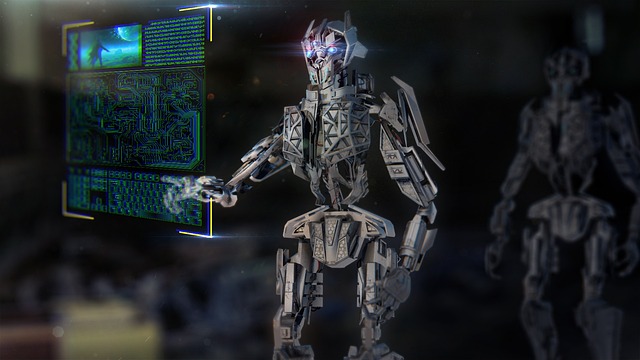The word “prompt” is expected to appear frequently in conversations about the current worldwide obsession with artificial intelligence (AI), especially among content marketers. But, what do you know about prompt engineering, or smart prompts?
While many recommendations for improving ChatGPT or Bard center on prompts, more in-depth debates concerning prompt engineering are worth your time. While the term “engineering” typically conjures images of technical know-how, the field of prompt engineering focuses on the processes involved in asking the right questions to effectively learn AI-based solutions. Since this is the case, rapid engineering is the tenet by which we may measure our progress toward learning how to optimally employ AI.
In this article, I’ll break out what prompt engineering is and how it can be used by marketers to improve the customer experience.
A Prompt Is…
Words that are understood to be commands for a language model are called prompts. They can be asked or stated as a statement, a paragraph, a collection of bullet points, or a description. Prompts are more user-friendly than inputting characters into a text window because they are formatted to imitate natural speech.
The Varieties
Instructions in Bard and ChatGPT can be either imperatives, like “Divide 1245 by 38,” or questions, like “What is a conversion rate?” Words are broken down into their component parts (instructions, context, and input data) and interpreted by the model. The model’s comprehension of the problem is enhanced with the inclusion of background information and user input (or an example). After the subsets are determined, the model provides an answer.
How to Do It
Multiple processes may be required for prompt refining, with different prompt engineering forms being used at each stage. Chain of Thought (CoT) prompts are one such format that is gaining in popularity. CoT prompts are a sequence of instructions for the language model to follow on its way to the desired result. They excel at providing answers that need the user to perform many actions to obtain the necessary information. It’s similar to making a decision tree, but instead of drawing a picture to show the outcomes, you get some short sentences.
These Are the Subgroups
The three main types of CoT are no-shot, one-shot, and few-shot. A “shot” is an illustrative sample of the desired result. To the solid groundwork supplied by the large language model (LLM), this method adds a simple training phase to assist the model in explaining its logic.
Therefore, since there is no example to explain the concept, the example I mentioned previously (“Divide 1245 by 38”) would be a zero shot. In contrast, a one-time prompt will provide an actual example of the desired output.
Faulty Findings
It’s important to remember that LLMs can sometimes produce numerical findings that are off by a little amount. LLMs learned via textual input. When I tried to divide 367 by 15, ChatGPT picked 15 and 7/8, even though I had specified that I wanted the result to have only one number after the decimal point. People are learning the hard way that with AI, it often takes a few tries before any useful results emerge.
Consistency with Oneself and Other Methods
Self-consistency is another prompt engineering method that checks to see if the texts of the responses it generates are consistent with one another. To accomplish this, we first give the model a prompt and have it generate numerous possible answers, and then we choose the answer that is most consistent with the rest. In order to solicit a description of the “Piero,” a new water-resistant smartphone being released by my made-up company, I can use the following sample prompt:
The Piero Prompt by Bard
In response, the model would generate a description that combines the three, before adding in the necessary terms for internal consistency.
Piero’s Reply in Chat: The GPT
The purpose of self-consistency is to guarantee the generated response is correct and comprehensive by using the right terms.
Prompt engineering methods come in a wide variety; CoT and self-consistency are just two examples. Least-to-Most is another kind that divides a problem-solving request into smaller chunks. The end result is a set of questions and answers that help users solve problems by specifying the model’s action hierarchy.
